Hat pins! There are few accessories a lady wears that are even more fun than they are functional. Although they enjoyed their greatest popularity between the 1880’s and 1920’s, hat pins are very collectable even today because they are often fabulous, and fanciful. For those who dress in period attire, they are also an indispensable method for keeping hats perched in their proper place. In addition to the more common straight hatpins, some were made with a spring-like section just under the head to make them “bobble” when the wearer moved.
As far back as the middle ages, proper European ladies used small pins to secure wimples and veils that were used to cover the hair. The use of these small pins continued for hundreds of years. By the 1800’s the making of hat pins that were both decorative and functional was a cottage industry. Often entire families were involved in the enterprise of making these pins. Because the supply in England was limited and the demand was great, imports from France started to fill the gap. Alarmed at the effect these imports had on the balance of trade, Parliament passed an Act restricting the sale of pins to two days a year – January 1st and 2nd. Ladies would save their money all year to be able to spend it on pins. This is thought to be the source of the term “pin money”.

In 1832 the first pin making machine was patented in the United States, and shortly the production of pins with long tapering points began overtaking the hand-made pins. Within the next two years, England and France also started producing machine-made pins.
Ladies hats often had strings or ribbons that tied under the chin, but by 1848 the suffrage movement was well under way, and women were eager to get rid of bonnet strings and declare their equality with men. However, no lady would be seen in public without her hat, and it would never do to have it blow off her head in the wind, so hats were more often secured with hat pins.
In 1903 American Lillian Russell and English-woman Lillian Langtree (AKA “Diamond LIL”) were popular music hall actresses who wore very large elaborate hats, and thus fueled their popularity. Hat pins became longer and longer to accommodate these enormous chapeaus. In 1908 an English judge who feared that the hat pins could be used as weapons in his court, ordered a group of suffragettes on trial to remove their hat pins and hats – an insulting request. The following year a bill similar to one that had already been introduced in Illinois was introduced in the Arkansas legislature limiting the length of hat pins to 9 inches. Ladies who wished to wear longer pins in public were required to take out a permit, as they were considered deadly weapons.
Today hat pins are once again gaining popularity as women who wish to dress in period attire are once more creating a demand for them.
You may also be interested in:
A brief history of hat boxes
What’s in your reticule?
What would you keep on your chatelaine?
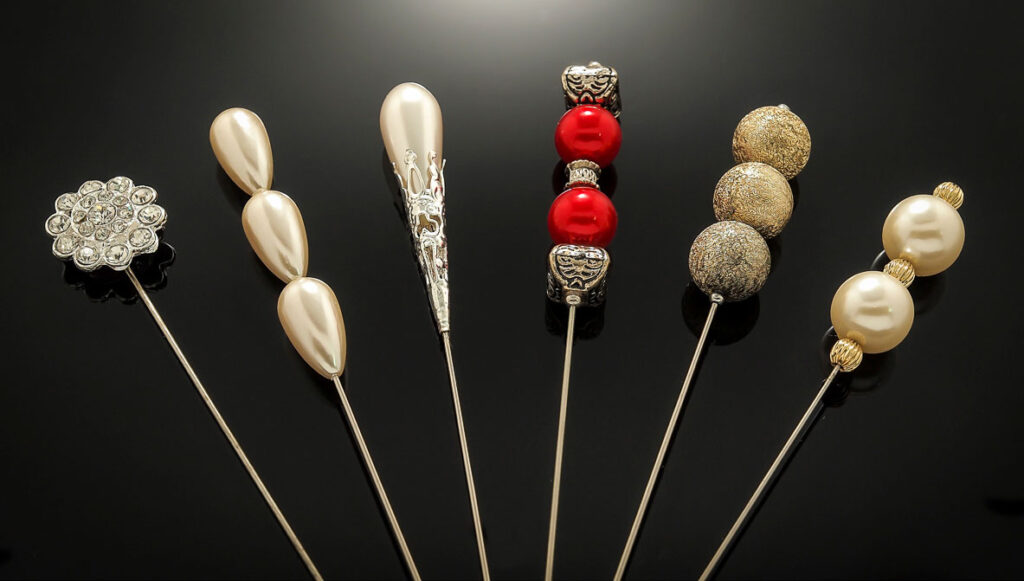 6 Pieces 5” Assorted Colors Beads Hat Pin Set. $29
6 Pieces 5” Assorted Colors Beads Hat Pin Set. $29


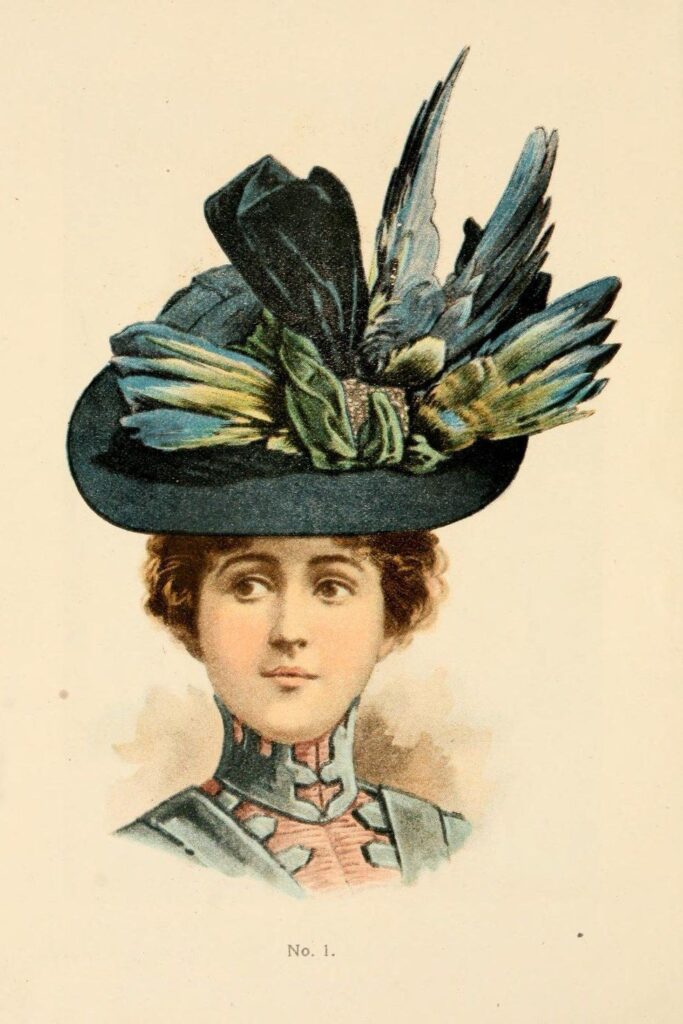
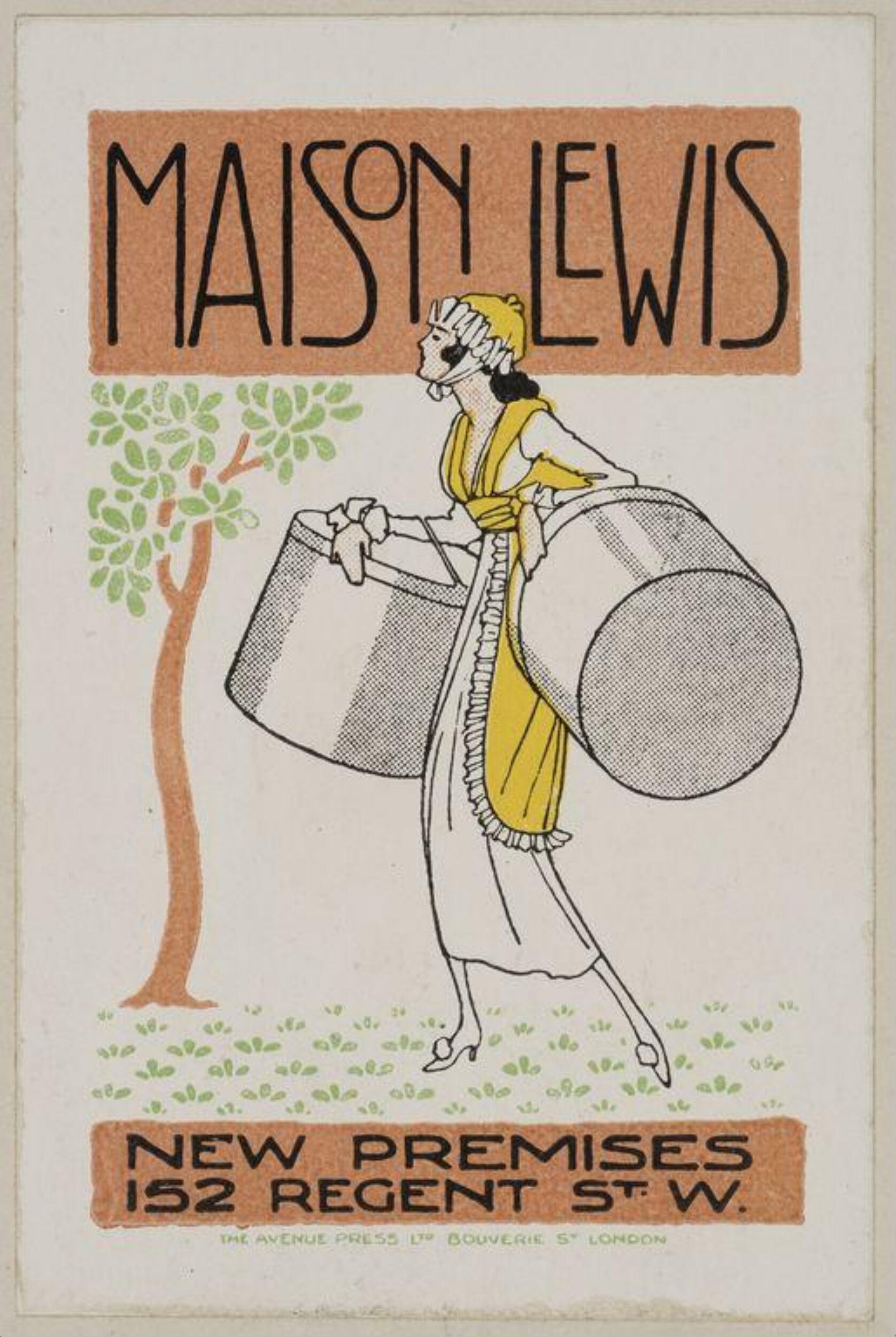
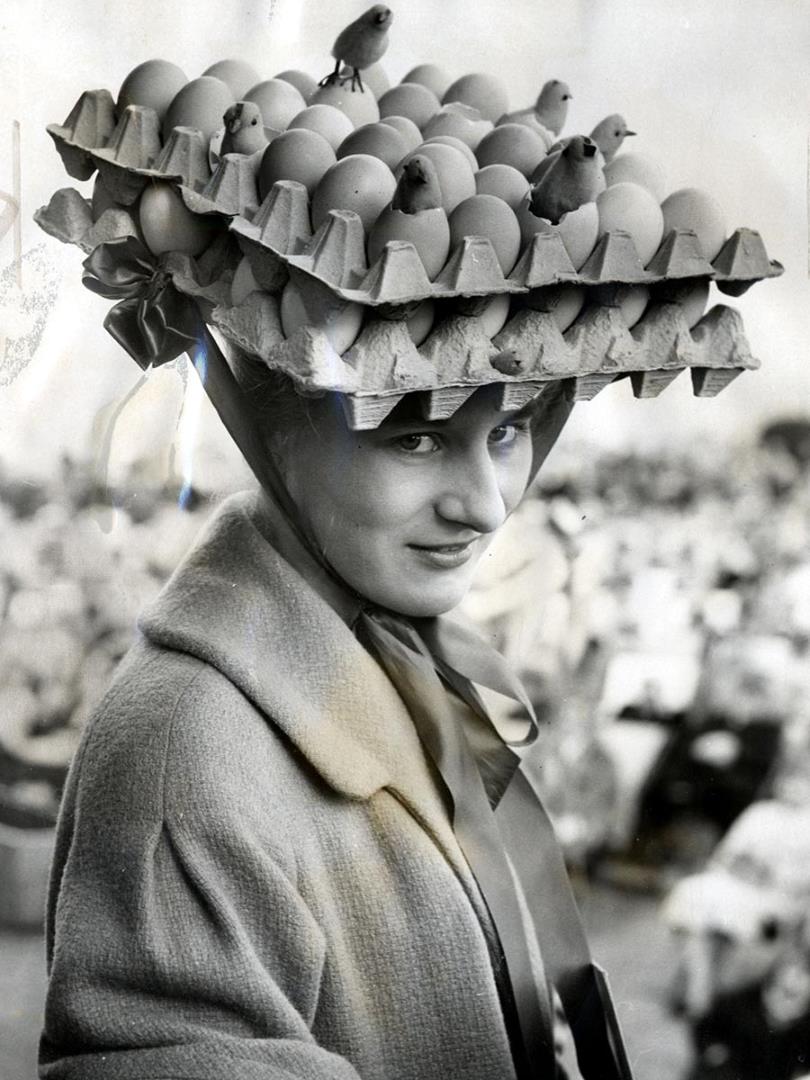
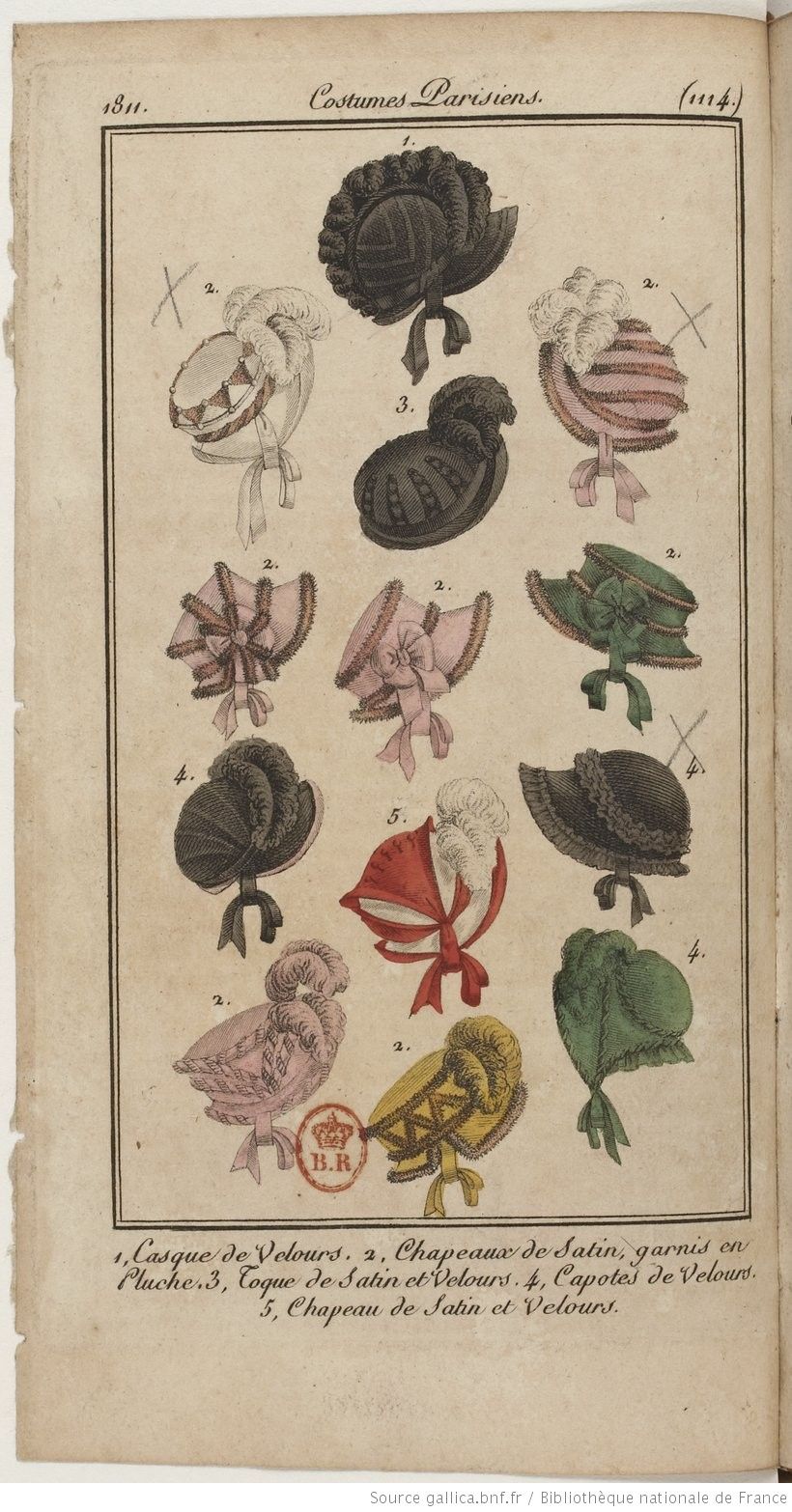
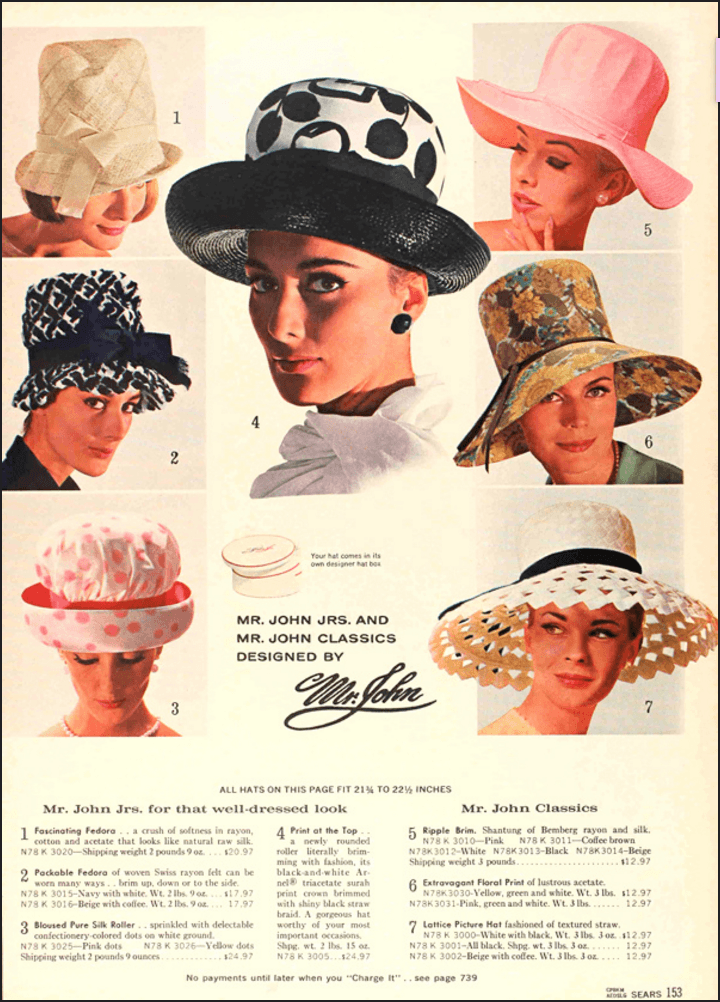

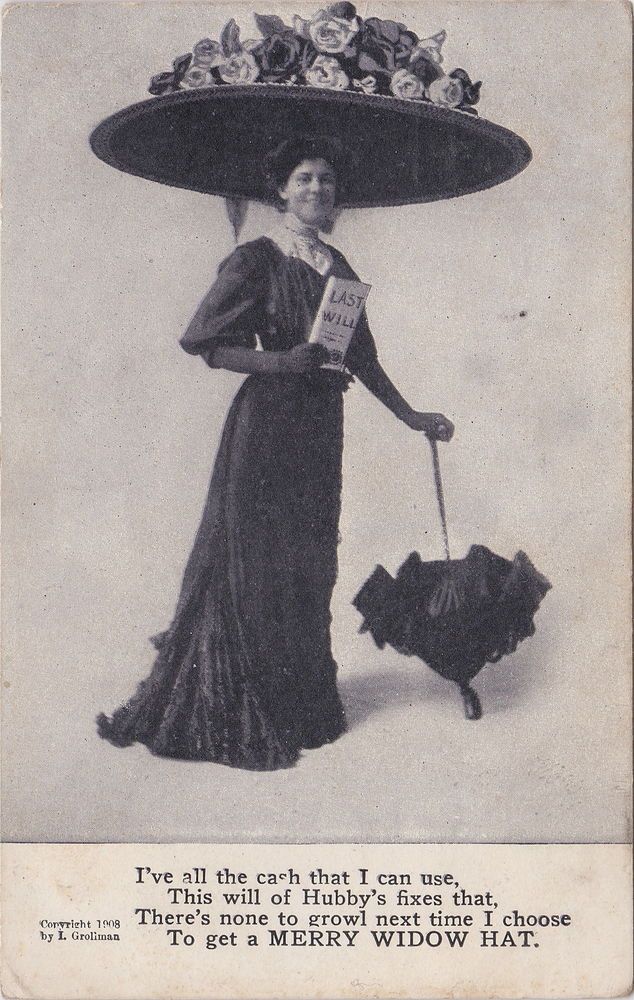


Leave A Comment